Table Of Content
- What is a Drone Inspection?
- Indoor Drone Inspection
- How can a Drone be used to improve safety?
- What is a Visual Inspection?
- Importance of Visual Inspections
- Benefits of Drone Inspection
- Inspection Standards and Formal Inspection Bodies
- The Role of Formal Inspection Bodies
- Drone Inspections Across Various Industries
- Other Drone Inspection Scenarios
- Best Inspection Drones
- The Future of Drone Technology
- Conclusion
- Key Takeaways
Drone inspection, a pioneering technological breakthrough, harnesses the power of unmanned aerial vehicles (UAVs) to revolutionize safety assessments and maintenance procedures across industries.
By conducting visual checks and gathering crucial data, drone inspections enhance efficiency while reducing risks to human inspectors.
This article explores the multifaceted realm of drone inspection from its fundamental principles to its diverse applications, and the transformative impact of this innovative approach on safety, efficiency, and the future of visual assessments.
What is a Drone Inspection?
Drone inspection is the process of using an unmanned aerial vehicle for Visual Inspections and data collection for maintenance programs.
Being lightweight, they can easily maneuver to locations that are at times difficult to reach manually.
Usage of commercial drones in examining and surveying complex locations such as tanks, vessels, structures, and Pipelines allows inspectors to obtain inspection data more quickly while removing hazardous manual steps.
This approach substantially enhances operational efficiency, prioritizes the safety of inspectors, and facilitates remote monitoring through integrated drone cameras.
Indoor Drone Inspection
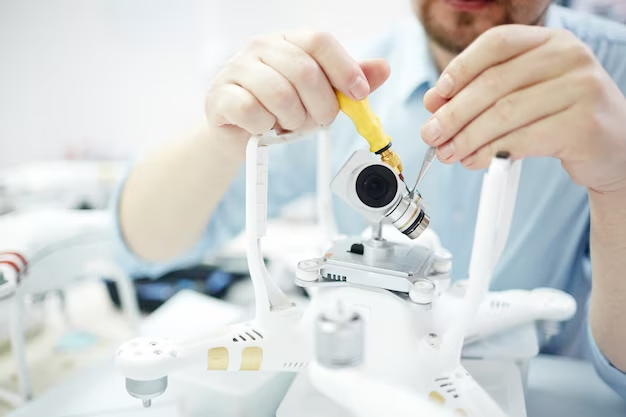
In an increasingly inspection-dependent world, drone technology has become pivotal.
Thanks to their mobility and elevation capabilities, drones offer a safer and more efficient alternative for evaluating large assets.
Drone inspections revolve around visual assessments, where inspectors deploy drones to identify potential maintenance issues by thoroughly examining the areas surrounding assets.
Traditionally hazardous tasks, such as scaling towering structures or ascending industrial boiler Scaffolding, are now eliminated through drone inspections.
Inspectors can remotely control drones via monitors connected to high-resolution cameras.
Drones can also be equipped with various sensors, including thermal cameras, for inspections requiring more than visual checks.
For instance, Thermal Imaging Drones can detect heat leaks in buildings or roof leaks, enhancing maintenance precision.
These drone inspections have effectively replaced traditional manual methods, offering swift data collection, improved safety, and precision.
Hazardous tasks like manually climbing cell towers or industrial scaffolding are now things of the past.
Drone inspection services can rapidly capture comprehensive visual data, ensuring both safety and accuracy.
Also Read, Benefits of Indoor Drones for the Oil and Gas Industry
How can a Drone be used to improve safety?
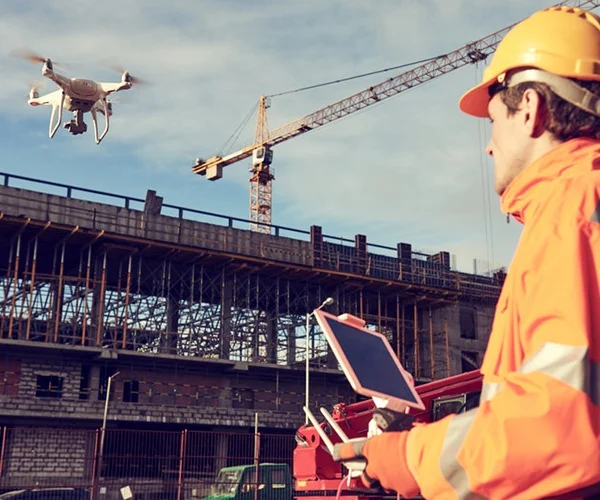
Drones offer versatile solutions to enhance safety across industries, addressing planning, monitoring, maintenance, inspections, and material transportation.
They revolutionize safety protocols, ensuring asset integrity and personnel well-being.
Employing drone services is a crucial choice for companies aiming to boost safety for assets and employees.
From monitoring to planning, drones contribute to safer operations.
The following section explores how drones can enhance worksite safety.
1. Planning
Drones play a vital role in safety planning, offering advanced capabilities for pre-project reconnaissance.
Equipped with sensors and cameras, they monitor terrains, map areas, and detect potential hazards.
This proactive approach enhances safety by identifying and mitigating risks during project design and execution.
Drones provide valuable insights, ensuring safety remains a top priority throughout the project lifecycle.
2. Monitoring
Drones excel in safety monitoring, providing real-time insights and surveillance capabilities.
With cameras, sensors, and Thermal Imaging, they offer continuous aerial monitoring of industrial sites, construction projects, or hazardous areas.
Detecting anomalies and potential hazards promptly allows swift risk mitigation, ensuring personnel safety, enhancing security, and enabling rapid responses to emerging safety concerns.
3. Maintenance and Inspections
Equipped with advanced tech and high-resolution cameras, drones provide comprehensive maintenance and inspection solutions.
They access hard-to-reach and hazardous areas, reducing risks to human inspectors. Drone inspections are crucial for maintaining critical asset integrity and enhancing safety.
Real-time data enables informed decisions, streamlining maintenance, reducing downtime, and improving safety and efficiency across industries.
Also Read, 6 Ways Indoor Drones are Helping Companies Realize Significant Savings in Inspection
4. Material Transportation
Drones, often linked with inspection services, provide a transformative solution for material transportation.
These versatile aerial vehicles efficiently move goods in challenging environments, reducing manual handling risks.
A variety of high-payload cargo drones are available these days.
By minimising physical strain and exposure to hazards, they enhance safety and efficiency in material logistics, marking a significant advance in safety protocols and asset protection.
What is a Visual Inspection?
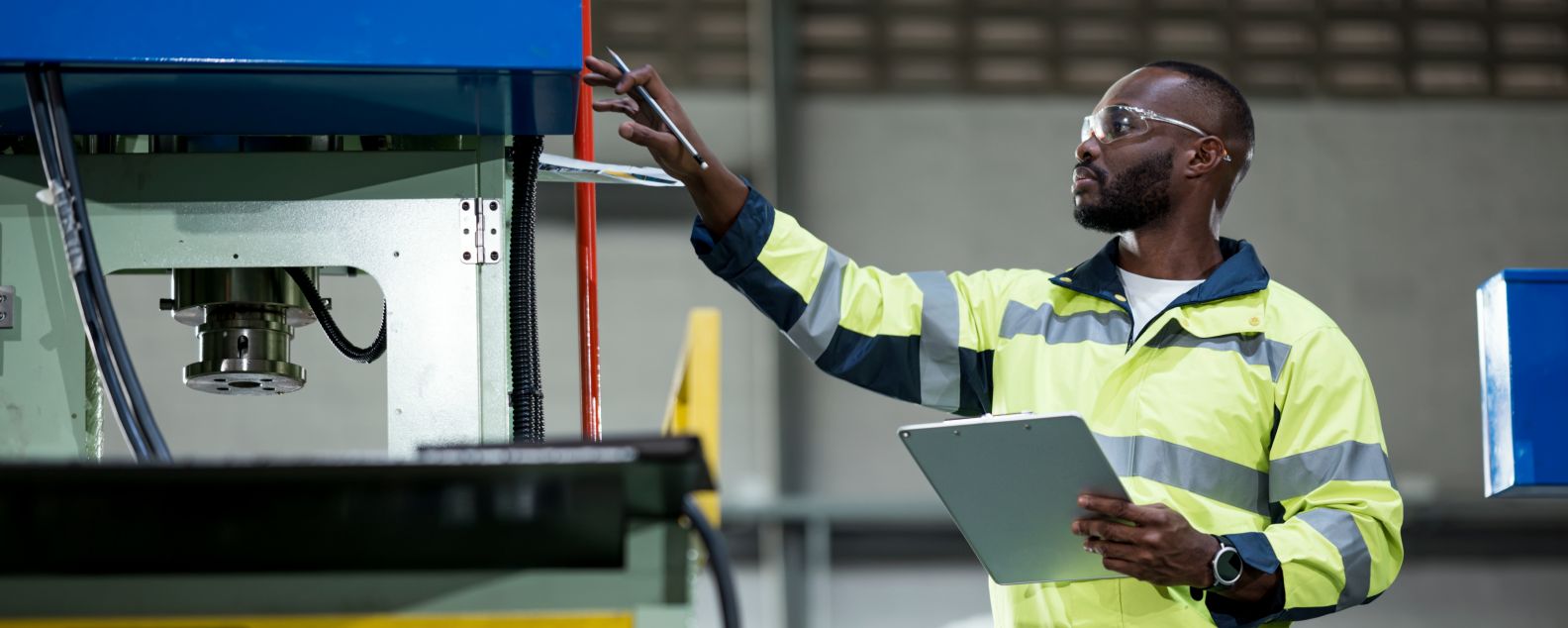
Visual Inspections, a fundamental aspect of asset management and safety procedures, involves a thorough examination of an asset's components, whether through human observation or, increasingly, with advanced technologies like drones.
This practice holds immense significance across various industries, including infrastructure, utilities, and manufacturing, as it scrutinizes assets for defects, flaws, faults, or potential hazards.
Traditionally, visual inspections necessitated human inspectors to physically ascend structures such as cell towers or industrial boilers, posing significant risks.
However, technology, particularly drones, has revolutionized this approach.
Equipped with high-resolution cameras and sensors, drones perform visual inspections rapidly and safely, even in challenging or inaccessible areas.
Importance of Visual Inspections
Visual Inspections serve several critical purposes. They identify maintenance requirements, ensuring assets remain in optimal condition, thus mitigating the risk of expensive repairs or replacements. Equally important, they contribute to safety.
By detecting potential hazards through visual inspections, accidents are prevented, and lives can be saved.
For instance, identifying faults in pressure vessels can avert catastrophic explosions, safeguarding both personnel and nearby communities.
Furthermore, the integration of technology, such as drones, elevates the efficiency and precision of visual inspections.
Drones swiftly capture intricate data and imagery, reducing inspection duration, cutting costs, and enhancing overall performance.
In summary, visual inspections have evolved from traditional methods to embrace innovative technologies like drones, ensuring asset integrity, safety, and efficiency in a constantly evolving industrial landscape.
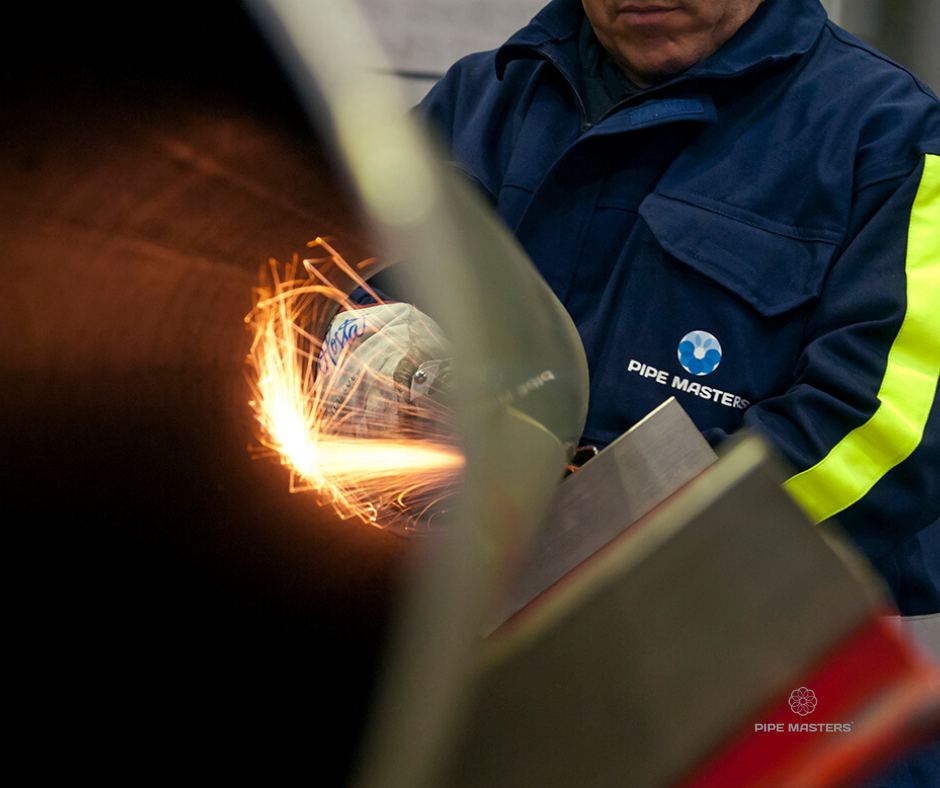
Benefits of Drone Inspection
The shift toward adopting drones over human inspectors is driven by technological advancements in UAVs (Unmanned Aerial Vehicles) and their creative applications.
Drone inspections have revolutionized fields like mapping and surveying, forming the core of modern inspections.
UAVs come in various sizes and configurations, tailored to specific inspection needs, from wind turbines to oil and gas installations.
Drones offer numerous advantages including quick overviews and evaluations of conditions, sharp and detailed photographs of defects, preventive maintenance planning, access to hard-to-reach areas, reduced downtime, and a high level of safety.
- Thorough Inspection
UAV inspections offer undeniable advantages, notably convenience.
Drones meticulously traverse objects, capturing intricate details with multispectral sensors.
This focus helps identify defects, faults, or flaws, enhancing inspection thoroughness and eliminating the need for multiple checks.
- Accurate Results
Drones, especially quadcopters, consistently deliver precise outcomes in aerial inspection services.
They excel in expansive environments like construction sites, agricultural fields, and marine settings, where obtaining precise measurements was once challenging.
Aerial and drone inspections have revolutionized result accuracy, ensuring effective delivery.
- Time-Critical Inspection Operations
UAVs and quadcopters highlight the importance of swift, time-sensitive inspections.
Aerial inspections transform traditional practices into modernized versions, addressing challenges such as inspection speed.
Drones are designed for rapid and accurate data capture, saving time and costs.
- Reduced Cost of Aerial Inspection Services
Historically, visual inspections were tedious and resource-intensive.
Drones offer a cost-effective alternative. UAV inspections emphasize precision and efficiency, significantly reducing resource consumption.
Aerial inspections are more economical since UAVs perform most operations.
- Better Record Keeping
Drones provide meticulous visual data, creating a digital asset history.
These archives offer invaluable insights and references for future assessments and decisions.
Drone inspections offer a multifaceted approach to improving safety and efficiency while providing substantial cost savings.
They are revolutionizing safety protocols, ensuring asset integrity, and delivering accurate results promptly across a wide range of industries.
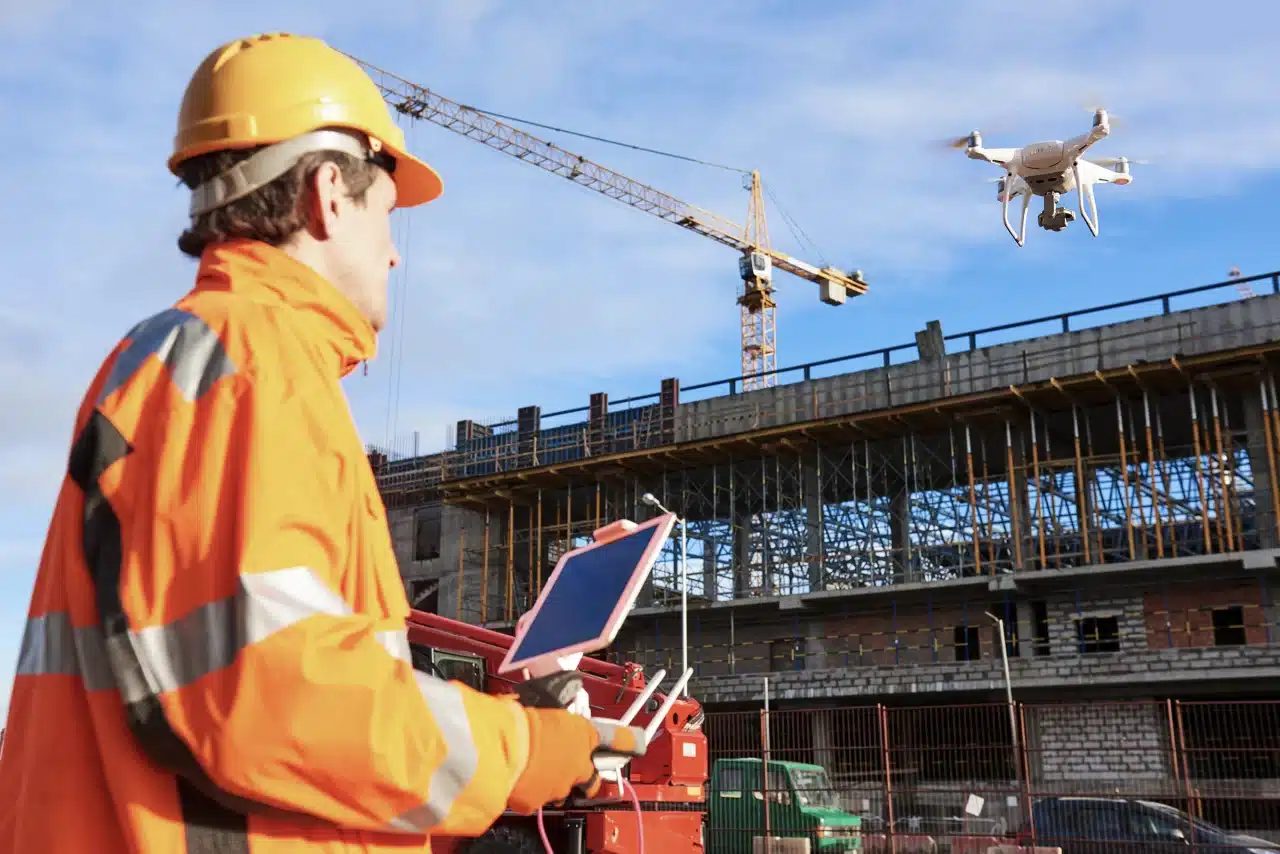
Read More, Drone Service Providers for the NDT Industry
Inspection Standards and Formal Inspection Bodies
In industries that deal with potentially hazardous assets, inspections aren't merely recommended; they're frequently a legal obligation.
These assessments adhere to industry-specific standards established by entities like the American Petroleum Institute (API) for the energy sector and the American Society of Mechanical Engineers (ASME) for boilers and pressure vessels.
These standards carry global legal mandates, guaranteeing the safe and effective execution of inspections.
Compliance with these standards isn't discretionary; it's a fundamental component of risk management.
The Role of Formal Inspection Bodies
Formal inspection bodies play a pivotal role in supervising evaluations of potentially perilous assets.
They are responsible for determining the safety and fitness for the use of certain equipment and materials, as well as certifying that the accompanying facilities and systems are adequate for the task being conducted.
These inspectors hold the authority to validate inspections, ensuring strict adherence to mandated standards.
Their extensive knowledge and field experience equip them to make critical judgments during inspections, underlining the importance of their role in ensuring safety and compliance.
Drone Inspections Across Various Industries
The application of drone technology is reshaping key industries by revolutionizing inspections, enhancing safety, and improving efficiency.
Here’s how drones are transforming precision agriculture, construction, infrastructure and utilities, mining, and the oil and gas sector, driving progress and innovation across these fields.
- Precision Agriculture
Drones revolutionize agriculture by providing efficient aerial inspections.
Multispectral sensors and high-resolution cameras capture essential data, enabling 3D mapping and precision agriculture.
Farmers can monitor crops, livestock, and irrigation conditions, enhancing yield and resource management.
- Construction
The construction industry embraces drone inspections for large-scale projects.
Drones facilitate site monitoring, bridge inspections, and roadway assessments without compromising worker safety.
They offer accurate data collection, ensuring project efficiency, safety, and budget adherence.
- Chemicals
Inspections in the chemical industry encompass various companies involved in chemical storage, including laboratories.
Stringent maintenance is essential due to the potential risks, such as leaks that can contaminate water or soil, leading to severe health hazards.
Drones offer safety advantages by minimizing exposure to harmful substances and cost savings by eliminating the need for Scaffolding.
Assets requiring inspection include pipe racks, cables, tanks, etc.
- Infrastructure and Utilities
Drones play a vital role in inspecting public infrastructure and utilities.
They are flexible Inspection Tools for tasks like wind turbine and tower inspections, sewage treatment plant assessments, and mapping.
Visual inspections by drones improve safety and bring advancements to this sector.
- Power generation
Power generation companies manage diverse assets requiring routine inspections, ranging from coal-powered facilities like boilers and chimneys to eco-friendly sources like wind turbines and hydropower components.
Drone inspections redefine power plant assessments, prioritizing safety by eliminating human risk and cutting costs associated with Scaffolding or temporary structures.
Key assets for inspection encompass boilers, nuclear plants, wind turbines, solar panels, and more.
- Mining
In the mining industry, inspections are critical but often slow and costly.
Drones offer a solution to this with their intelligent sensors and rapid mobility.
They provide swift and precise data collection, reducing costs, saving time, and enhancing safety for mining companies.
- Oil and Gas Industry
Drones equipped with thermal imaging sensors can conduct inspections to help anticipate the health of important equipment and forecast probable failures.
They can inspect thousands of miles of pipeline at a tenth of the expense of helicopter inspections
Drones can deliver material, replacement parts, and supplies to offshore rigs and other remote activities instead of dispatching through a boat or helicopter.
They offer agility, efficiency, and data mapping, elevating the industry's productivity and development.
- Public Safety
In response to growing safety concerns, governments and authorities are utilizing aerial drones and quadcopters to enhance public safety.
These unmanned aerial vehicles (UAVs) perform surveillance of public areas, offering early threat detection.
This innovative approach minimizes risks and ensures the safety of citizens.
As drones continue to evolve, their applications across these industries enhance productivity, safety, and resource management, driving innovation and growth.
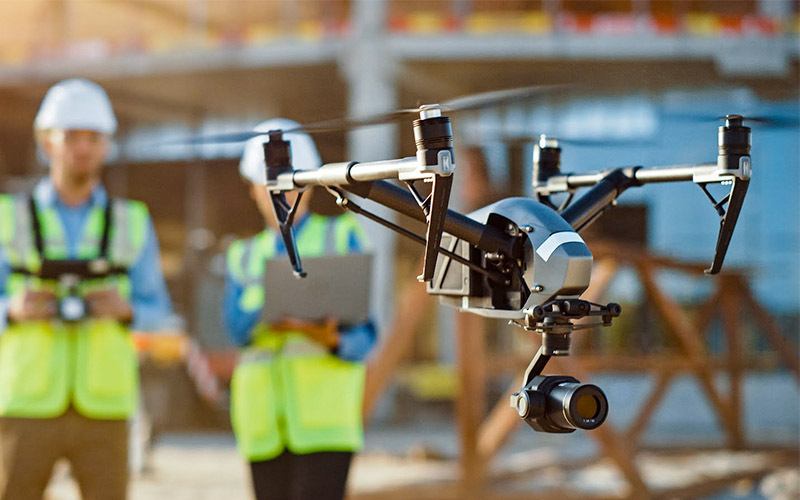
Other Drone Inspection Scenarios
Drone inspections have demonstrated their versatility by finding applications across a wide array of industries.
While we have explored various sectors, several other industries are benefiting from the Use of Drones in inspections:
- Maritime Drone Inspections
Drones play a crucial role in maritime inspections, performing assessments of large container ships, shipping containers, and related infrastructure.
These aerial devices provide an efficient and safe means to evaluate massive vessels, ensuring their seaworthiness, identifying maintenance needs, and enhancing overall maritime safety.
- Sewer & Water Treatment
Inspecting underground facilities, particularly in the sewer and water treatment sector, presents unique challenges.
Specialized drones designed for indoor inspections have emerged as valuable Inspection Tools in this industry.
They offer inspectors a close-up view of underground conditions without requiring physical entry into potentially hazardous environments.
The adoption of drones in these additional industries underscores their adaptability and contribution to enhancing inspection processes in challenging environments.
- Public Safety
In recent years, drone adoption in public safety has grown significantly, aiding personnel in active and non-active scenarios.
Active Events
Drones are pivotal in ongoing events, aiding in locating missing individuals, providing aerial intelligence in active shooter situations, and monitoring wildfires for timely responses.
Non-Active Scenarios
Drones serve in investigations, assisting in forensic data collection, documenting fires and crime scenes, assessing hostage situations, and supporting law enforcement's planning.
They create orthomosaic maps for densely populated areas, vital in emergencies.
In public safety, drones offer situational awareness, data collection, and strategic planning, safeguarding communities effectively.
Also Read, Innovations in Drone-Based UT Measurements: A Tech Showcase in Gladstone
Best Inspection Drones
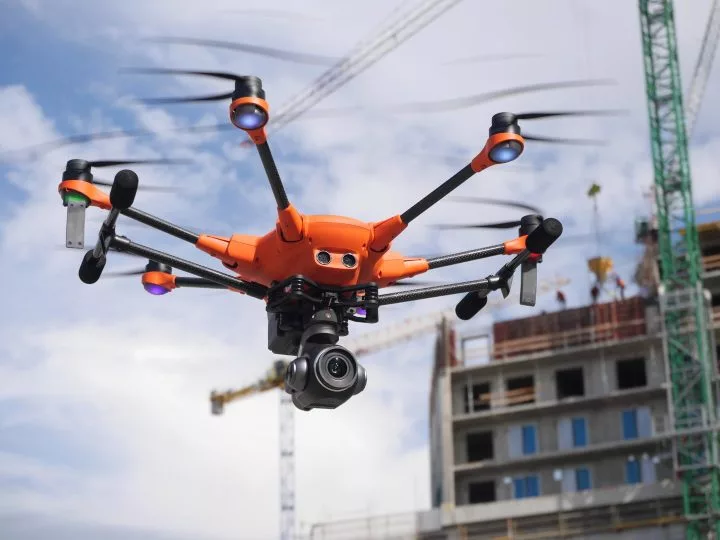
Selecting the best inspection drone depends on aligning your choice with your precise inspection requirements.
There is no universal solution, as different drone models excel in different inspection scenarios.
Here’s a curated list of top inspection drones, each distinguished by its area of expertise:
Flyability's Elios 3 – Ideal for Internal Inspections:
- Designed for navigating and inspecting confined spaces, such as boilers and Pressure Vessels.
- Features a protective cage and collision-tolerant capabilities, making it adept at tackling challenging internal inspection environments.
DJI's Matrice 300 – Excellent for General External Inspections:
- Matrice 300, the industry standard for external inspections offers versatile payload compatibility.
- Equipped with high-quality cameras from DJI's Zenmuse series, it provides exceptional zoom capabilities and reliability for various external inspection tasks.
DJI Phantom 4 Pro – Ideal for Roof Inspections:
- Despite being an older model, the Phantom 4 Pro excels in roof inspections, offering a balance between affordability and performance.
- Features a 4K camera with a 1" CMOS sensor, 20MP still image capture, a 30-minute battery life, and a transmission range exceeding 4 miles, making it a top choice for roof assessments.
Yuneec's H520 – Suited for Cell Tower Inspections:
- Specifically designed for inspections, the Yuneec H520 is a robust option for cell tower assessments.
- Accommodates three different Yuneec camera types, including the E90, CGO, and E50, and delivers reliable performance with nearly half an hour of battery life and 4K video recording at 30FPS.
These drones stand out as top choices in their respective domains, promising efficiency, and accuracy in your inspection tasks.
The Future of Drone Technology
Drone technology is on an upward trajectory, promising continuous enhancements that expand services and prioritize safety and ease of use.
Across industries, including construction, drones are integrating cutting-edge features like X-ray technology to craft detailed high-resolution 3D maps via Wi-Fi connectivity.
This innovation holds immense potential for monitoring potentially hazardous structures and generating models of concealed areas, equipping workers with invaluable insights.
Conclusion
As drone technology advances, it is poised to elevate job performance, ensuring both safety and efficiency, all under the umbrella of increasingly comprehensive regulations that promote responsible drone utilisation.
With the rapidly evolving technological landscape, drones are primed to assume an even more substantial role across diverse sectors.
Key Takeaways
- Drone inspections involve the use of UAVs to monitor places and materials for inspections and maintenance.
- Commercial drones help in examining and surveying complex locations. Thus they enhance operational efficiency and reduce the inspection time and associated hazards.
- Drones contribute to safety planning by offering advanced capabilities right from the planning stage of a project.
- They provide real-time insights and surveillance capabilities for continuous monitoring of industrial sites and hazardous areas.
- Drones can be used for transporting materials in challenging environments, reducing manual handling risks and enhancing safety and efficiency.
- The use of technology, particularly drones, has revolutionized Visual Inspections. Drones equipped with high-resolution cameras and sensors perform inspections rapidly and safely, even in challenging or inaccessible areas.
- Drones have wide-ranging applications across every sector like precision agriculture, construction, mining, oil and gas, chemicals, power generation etc.
- Some of the best inspection drones include:
- Flyability's Elios 3 for internal inspections in confined spaces.
- DJI's Matrice 300 for general external inspections with versatile payload compatibility.
- DJI Phantom 4 Pro excels in roof inspections, balancing affordability and performance.
- Yuneec's H520 is designed for cell tower inspections, offering robust performance.
- Ongoing advancements in drone technology, including features like X-ray technology and high-resolution 3D mapping, are set to enhance job performance, safety, and efficiency across various industries.
References
1. Flyability
2. DJI
3. Yuneec Drones









